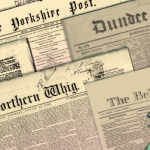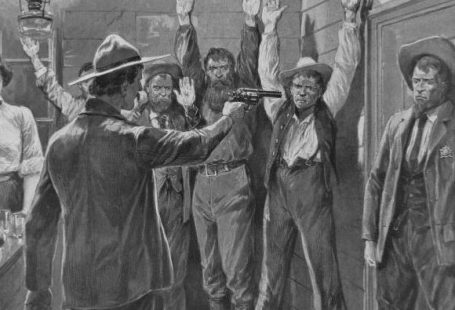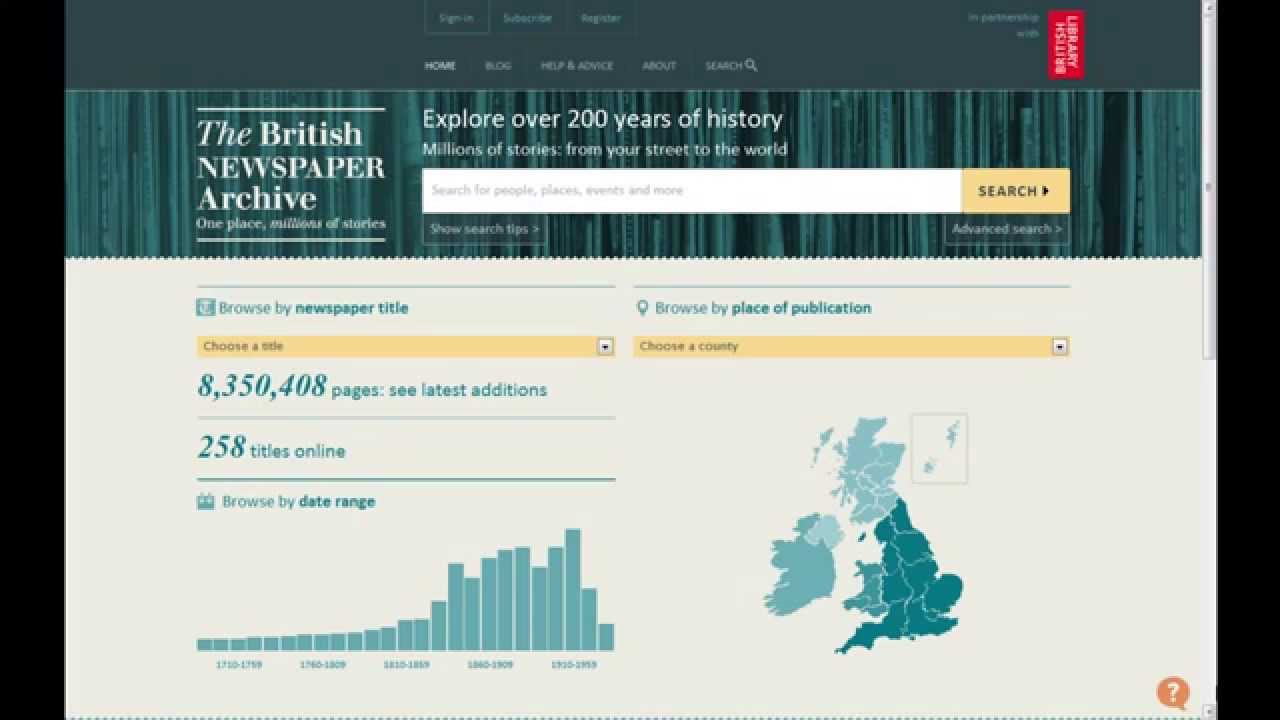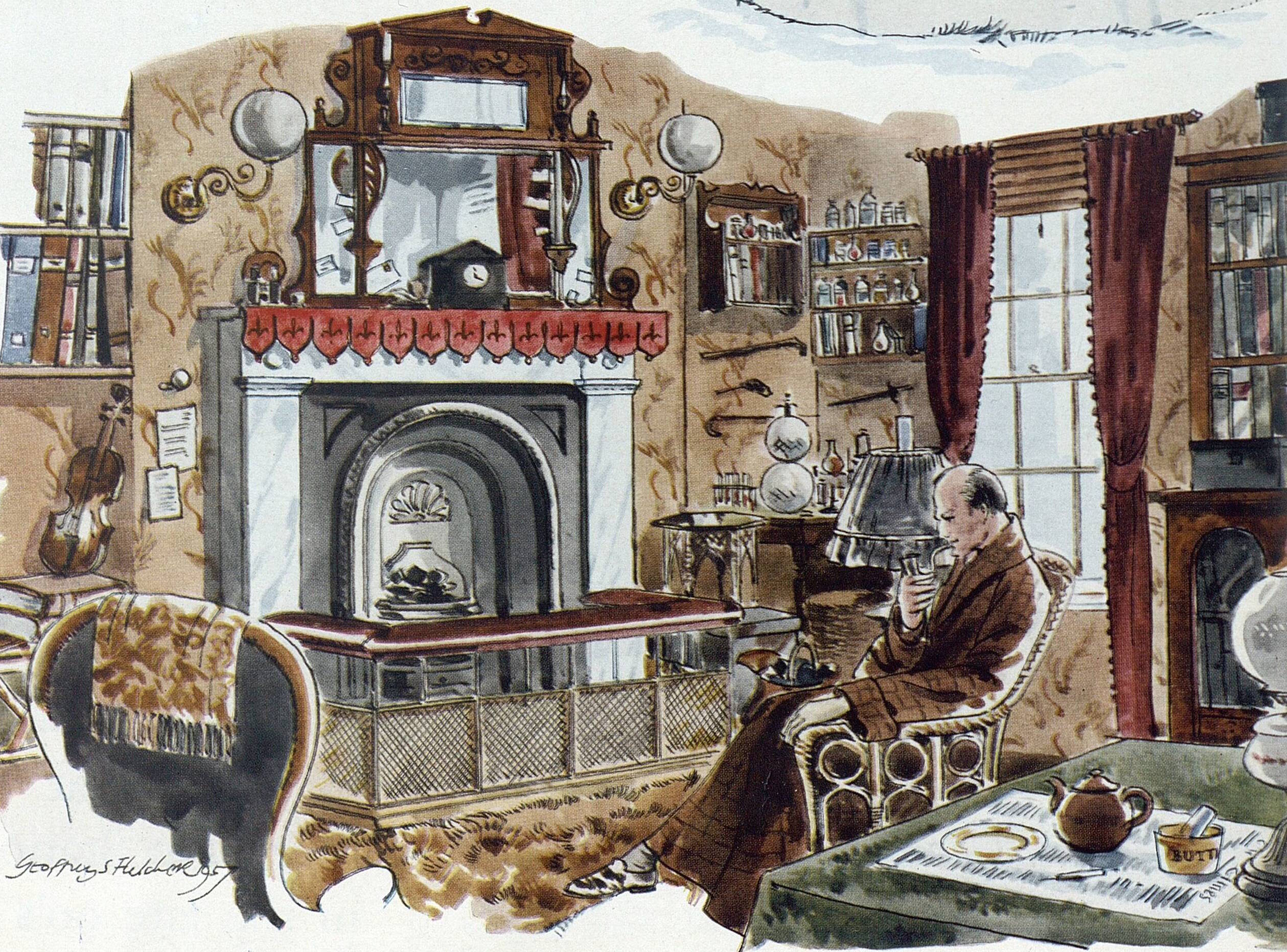2018 marks the 200th anniversary of the publication of Mary Shelley’s Frankenstein, the iconic novel about the young scientist, Victor Frankenstein, and the monster he created in his laboratory. In this post, we will take a look at the history of the novel, a critical early review, the novel’s origins, and its various adaptations for the stage and screen.
Publication
The Morning Post printed a notice of the publication of a new novel, ‘Frankenstein, or The Modern Prometheus’, by an anonymous author. The notice included a quote from John Milton’s Paradise Lost.

“Did I request thee, Maker, from my clay
To mould me man? Did I solicit thee
From darkness to promote me?”
The same quote appears on the title page of the novel. It demonstrates Milton’s influence on the novel. Frankenstein’s monster compares himself to Adam, who was rejected by his creator.
Frankenstein’s origins

An early version of Frankenstein was first produced in the summer of 1817. Mr Percy Shelley, Miss Godwin (later known as Mary Shelley), and Dr Polidori were residing together in Geneva with Lord Byron. One stormy evening, Byron challenged each member of the group to write a supernatural tale. From that eventful night, two famous novels emerged, Frankenstein and Vampyre. The Norfolk Chronicle mentioned the story behind how Mary Shelley created the famous story. The article falsely attributes Vampyre to Byron instead of Polidori.
Critical review

The Scots Magazine printed a 5-page review of the novel. It included a full synopsis of the novel leaving little surprises for those who have not read the work. The author believed the novel was bordering on impiety and it was the highest style of caricature and exaggeration. The review also noted shock at the use of the phrase ‘the Creator’ attributed to a mere human.
“Here is one of the productions of the modern school in its highest style of caricature and exaggeration. It is formed on the Godwinian manner, and has all the faults, but many likewise of the beauties of that model. In dark and gloomy views of nature and of man, bordering too closely on impiety”.
The review explained the full plot of the novel and described the frightening moment that Frankenstein’s monster came to life.
“In breathless expectation, in the dead of night, he performed this last momentous act of creation; and the creature opened upon him two immense ghastly yellow eyes, which struck him with instant horror. He immediately hated himself and his work, and flew, in a state of feverish agony, to his room below; but finding himself followed thither by the monster, he rushed out into the streets, where he walked about in fearful agitation, till the morning dawned, and they began to be frequented by their inhabitants.”
‘Frankenstein’s monster’
Within in a few years, ‘Frankenstein’s monster’ became part of the vernacular. We can see demonstrated the popularity of the novel in the newspapers.



It is important to remember when you are referring to the novel that Frankenstein is the name of the scientist and not the name of the monster. In The Sphere’s ‘Literary Letter’, one person wrote about this common mistake, especially by those who have not read the classic novel.
Adaptations
In 1823, a theatre production of Frankenstein was brought to the stage as ‘Presumption! Or the Fate of Frankenstein’. The reviews of the play were not kind.
‘The piece upon the whole has little to recommend it; but that, as times go, will be no great obstacle to its success. The galleries, when the curtain fell, called loudly for Mr T P Cooke.’ Evening Mail, 30 July 1823
The early success of the novel and the theatre adaptation encouraged Mary Shelley to publish the second edition. This edition was no longer anonymous and was printed with the author’s name as Mary Wollstonecraft Shelley.

Film adaptations
In the 20th century, the story of Frankenstein was adapted and reinterpreted for the big screen. In 1931, Universal released Frankenstein directed by James Whale.

In the 1930s, Universal continued the story of Frankenstein with Bride of Frankenstein and Son of Frankenstein.


We have pulled together only a small number of the articles that mention Frankenstein. Subscribe to The British Newspaper Archive to discover more literary history.






1 comments On 200th Anniversary of Frankenstein
prof prem raj pushpakaran writes — 2018 marks the bicentennary year of mary shelley’s work, “Frankenstein” !!!!